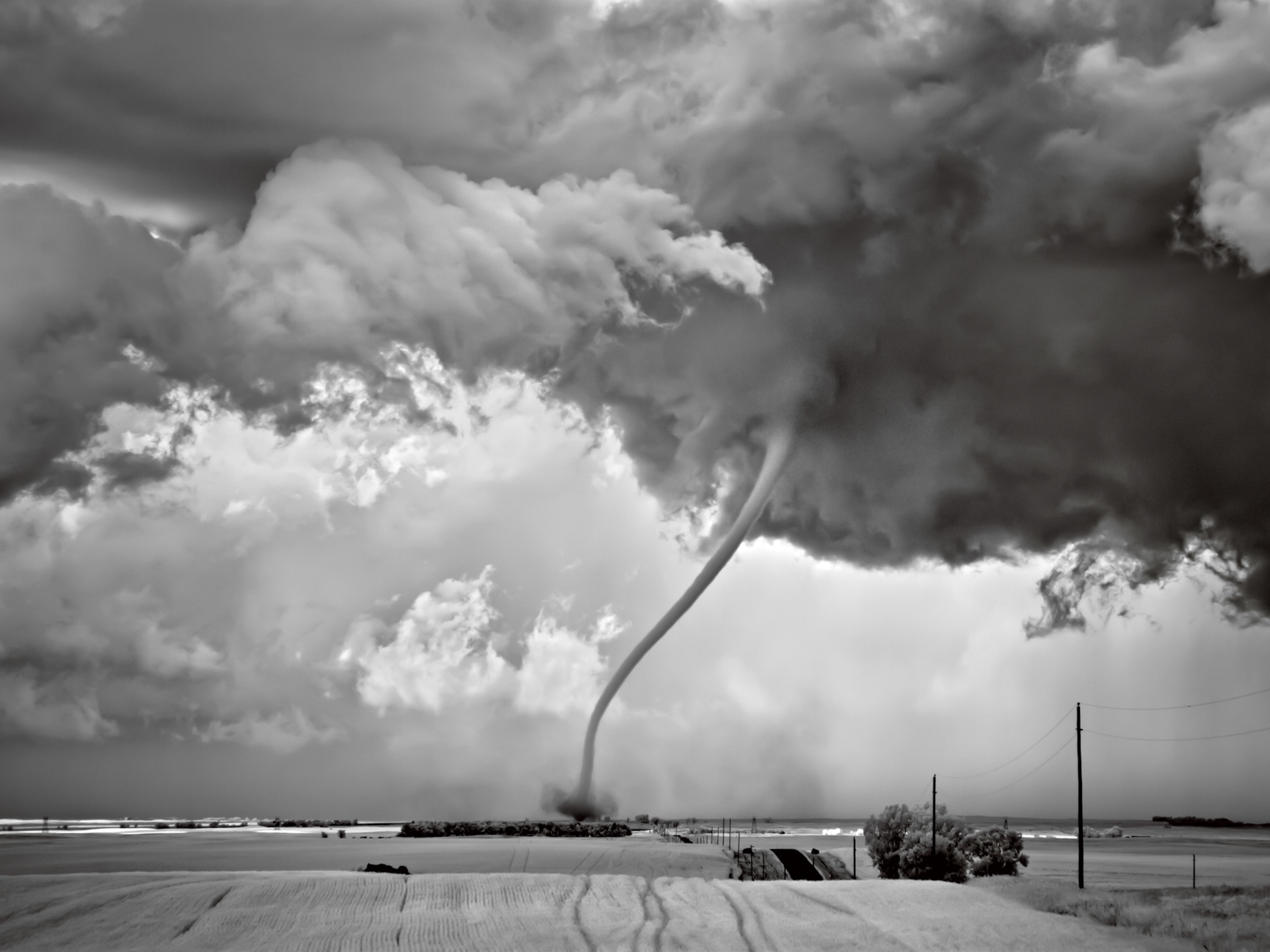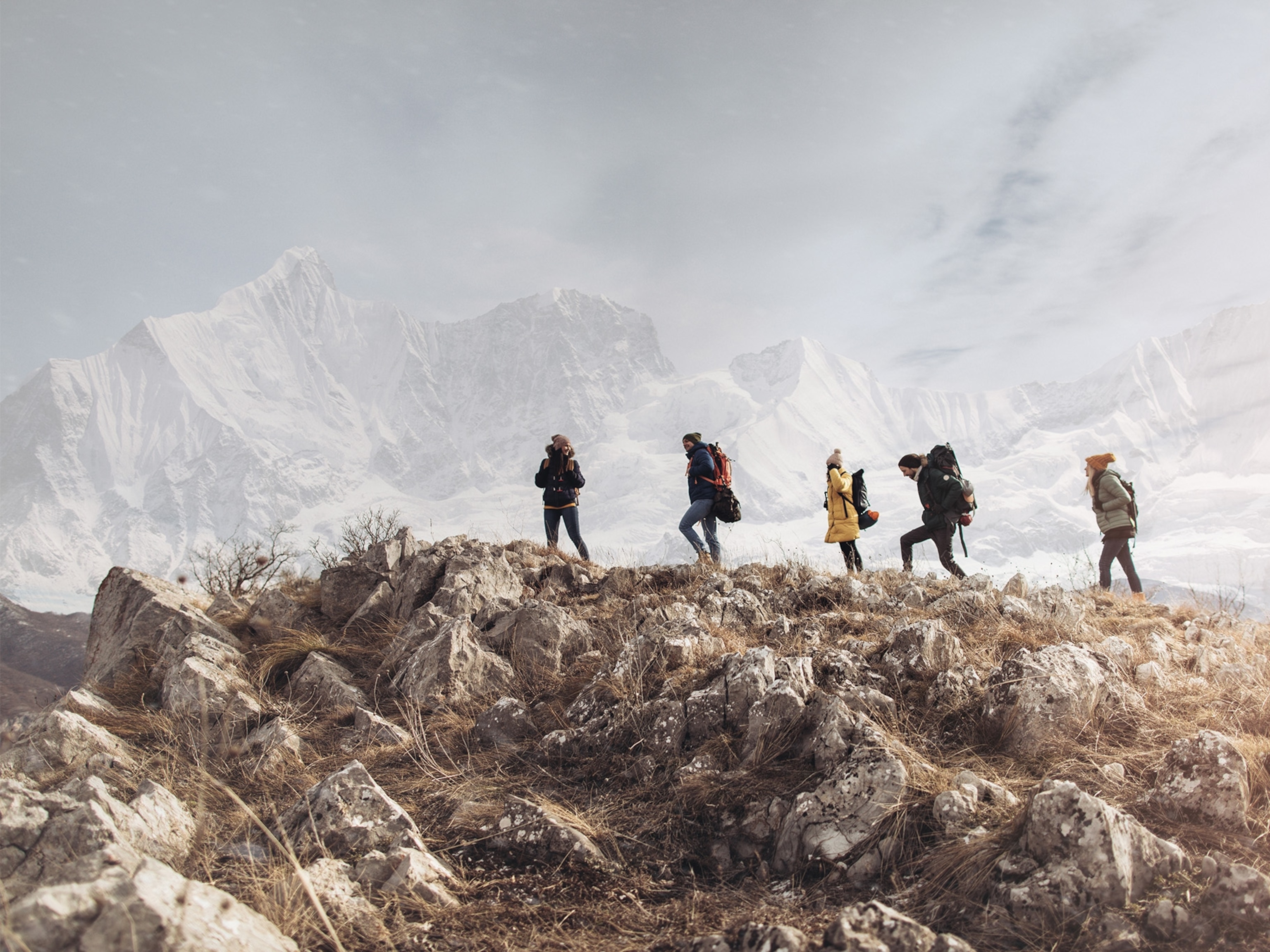
How to stay safe from tornadoes
Twisters can be deadly, but there are steps you can take to reduce risk to you and your family.
Tornadoes are one of nature's most powerful and destructive forces. Here's some advice on what a tornado is, how to prepare for one, and what to do if you're caught in a twister's path.
How does a tornado form?
A tornado is a violently rotating column of air that extends from a thunderstorm to the ground. It's often portended by a dark, greenish sky. Black storm clouds gather. Baseball-size hail might fall. A funnel suddenly appears, descending from a cloud. The funnel hits the ground and roars forward with a sound like that of a freight train approaching. The tornado tears up everything in its path. (Learn more about the science of tornadoes, including how they form.)
Some of Earth's most violent events, nearly a thousand tornadoes—many of them deadly—touch down every year in the United States. Every U.S. state has experienced twisters, but Texas holds the record: an annual average of 120. Tornadoes have been reported in Great Britain, India, Argentina, and other countries, but most tornadoes occur in the United States—a product of the regional geography and weather patterns.
How to stay safe
Tornadoes can be deadly, but there are steps you can take to reduce the risk to you and your family. Remember that although tornadoes are most prevalent in certain areas, they can appear suddenly in many places. Here are some things to keep in mind:
• Prepare for tornadoes by gathering—ahead of time—emergency supplies, including food, water, medications, batteries, flashlights, important documents, road maps, and a full tank of gasoline.
• When a tornado approaches, anyone in its path should take shelter indoors—preferably in a basement or an interior first-floor room or hallway.
• Avoid windows and seek additional protection by getting underneath large, solid pieces of furniture.
• Avoid automobiles and mobile homes, which provide almost no protection from tornadoes.


















